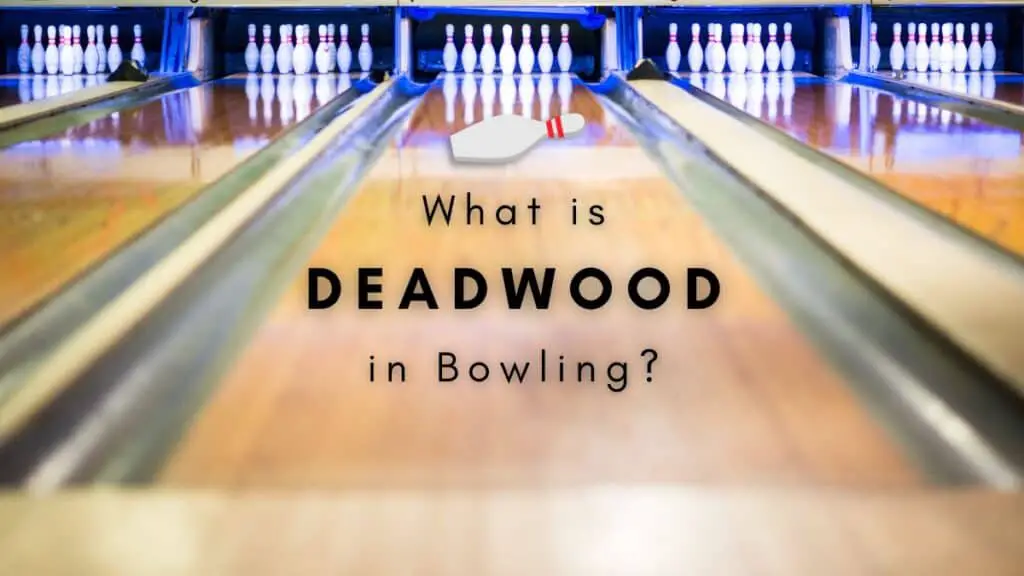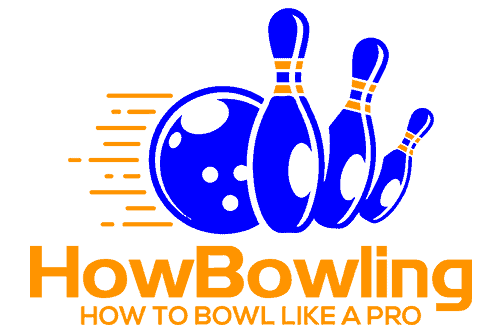In bowling, there are a few terms that only pro bowlers know. However, if beginners learn these terms and their meanings, it can help them improve their game. One of these less-known terms in bowling is deadwood.
Deadwood indicates a pin that was knocked down earlier but is still lying on the lane or in the gutter. Since the pin is out of the reach of the rake, it couldn’t be located or picked up by the rake.
Deadwood is a way to let the mechanics know there is a problem with the pin deck that needs attention. A bowling pin may also get stuck somewhere in the backend, making it irretrievable. It is an issue that needs to be resolved as soon as possible so the game can continue.
The rules for deadwood are slightly different in different bowling formats. So let’s find out more about this term, how it affects a game of bowling, and what a bowler should do when there is deadwood.

Why Is It Called Deadwood?
In bowling, all pins that have been knocked down are called “wood”. Therefore, the pins that end up in front of the deadwood line are not playable by the bowler. However, the ones remaining behind this line can be played again.
There is another concept called “double deadwood” that occurs when two deadwood occurs at the same time. This is a rare occurrence, but it’s possible and remains when detected.
What Happens When Deadwood is Detected?
If there are pins on the lane that were downed but failed to get swept into the pit, they should be removed manually by an attendant. If there is deadwood, there is a risk of having the ball or lane damaged, and therefore it’s an undesirable situation.
There have been a few instances where the pins come back all the way back to the foul line. However, it’s not very common; therefore, when it happens, the players tend to believe that the pin curtain was not installed properly. This creates a bounce back and hence deadwood.
Some people believe that such bounce-outs occur because of the presence of inverted rear cushions. However, there are also some extremely rare occurrences when deadwood has to be removed through the gutter cap. And sometimes, all boards have to be opened to locate deadwood and remove it from the lane.
What Should a Bowler Do If There is Deadwood?
If there’s deadwood, a bowler should wait before rolling the next ball to have the lane cleared. There is a rule by USBC that explains legal and illegal pinfalls. If a player rolls a ball when deadwood is being removed, the delivery is counted, but the resulting pinfall is not.
This is Rule 6b in the general playing rules of bowling. There are many instances when a pinfall is considered illegal, and no score is given to the player, and one of them is when there is deadwood on the lane, and the player still makes the delivery. As a result, the ball comes in contact with deadwood and may or may not knock down one or more pins.
In such a situation, if the player still has more deliveries to throw in a given frame, the pins he happened to have knocked down illegally are supposed to be returned to their original spots.
To avoid committing an illegal pinfall, waiting and having deadwood resolved before making the delivery is better.
Deadwood in Candlepin and Duckpin Bowling
Candlepin bowling is a variation of ten-pin bowling in which a small, handheld-sized ball is used to knock down pins, which are shaped like candles.
In this game, the rules for deadwood are slightly different from the ones followed in ten-pin bowling. For example, if you’re playing candlepin bowling, you won’t have to wait for the fallen pins to be removed from the lane before making another delivery.
Because of this reason, this type of bowling makes point scoring more difficult for the bowler. However, if a bowler knows this rule, he can use it to his advantage and score high.
In duckpin bowling, deadwood has to be cleared before the bowler can roll his next ball.





